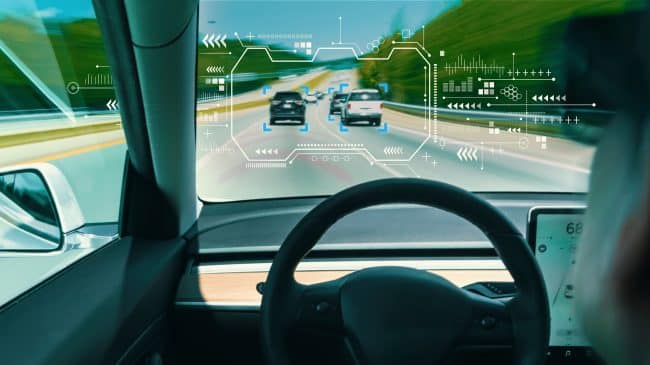“Automated vehicle technology is coming; it’s advancing very quickly,” said now-confirmed Secretary of Transportation Pete Buttigieg during his confirmation hearing. “It is something that holds the potential to be transformative and I think in many ways policy has not kept up.”
Secretary Buttigieg is absolutely correct. The U.S. Department of Transportation, specifically the National Highway Traffic Safety Administration division, has a number of tools at its disposal that can be used to modernize the federal regulatory environment to help speed the deployment of automated vehicle technologies that can greatly enhance safety, mobility, and access for all Americans. There is also an important role for Congress, especially at this early stage of automated vehicle development.
To support reform efforts within the executive and legislative branches, my new Reason Foundation policy brief, Challenges and Opportunities for Federal Automated Vehicle Policy, lays out several steps policymakers can take to adapt the automotive regulatory apparatus to automated driving system technologies. The brief is broken into three main sections: defining automated vehicles, a survey of current federal automated vehicle policy development activities, and recommendations for federal policymakers.
The reform recommendations for legislators and regulators are categorized under four themes:
- Promote Sound Regulatory Policy Development: Policymakers should adhere to longstanding federal policy and generally rely on voluntary consensus technical standards that are developed by independent standards-developing bodies, rather than attempting to write government-unique standards, to modernize vehicle safety and performance regulations.
- Provide Temporary Regulatory Relief for Developers: As safety and performance regulations are being modernized in the coming years, Congress should raise the annual cap on temporary regulatory exemptions and extend the renewal period to ensure consumers are not denied safer vehicles before regulations are updated. Under current law, manufacturers granted an exemption may only produce 2,500 exempt vehicles per year for up to two years. Congress should also require that exempt automated vehicles under the expanded cap meet an equivalent level of safety or better.
- Ensure Uniformity in Vehicle Safety and Performance Policy: Policymakers should be careful to balance the benefits of uniform national vehicle safety and performance policies with the risks of overstepping traditional divisions of motor vehicle regulatory authority rightfully and expertly wielded by state and local governments.
- Avoid Collateral Policy Damage: Legacy special-interest groups have numerous and often competing biases such that meeting all of their demands will prove to be impossible. The proprietary nature of many automated driving system technologies, along with the lack of consensus technical standards and standardized test procedures, means that policymakers seeking to do too much too early are likely to fail to meet their public interest objectives.
Much like my policy brief on state automated vehicle policy released in September of last year, this latest brief recognizes the uncertainty surrounding development and deployment milestones and proposes “no regrets” policies that policymakers can undertake with minimal risk to either automated vehicle development or the public interest. As I noted in a recent commentary, the Biden administration is well-positioned to advance sound automated vehicle policy that can better keep pace with this promising suite of emerging technologies.
Secretary Buttigieg should consider the recommendations contained in the new brief and commit to working with Congress in paving a path forward for automated vehicle policy.
Read the full policy brief here: Challenges and Opportunities for Federal Automated Vehicle Policy.

